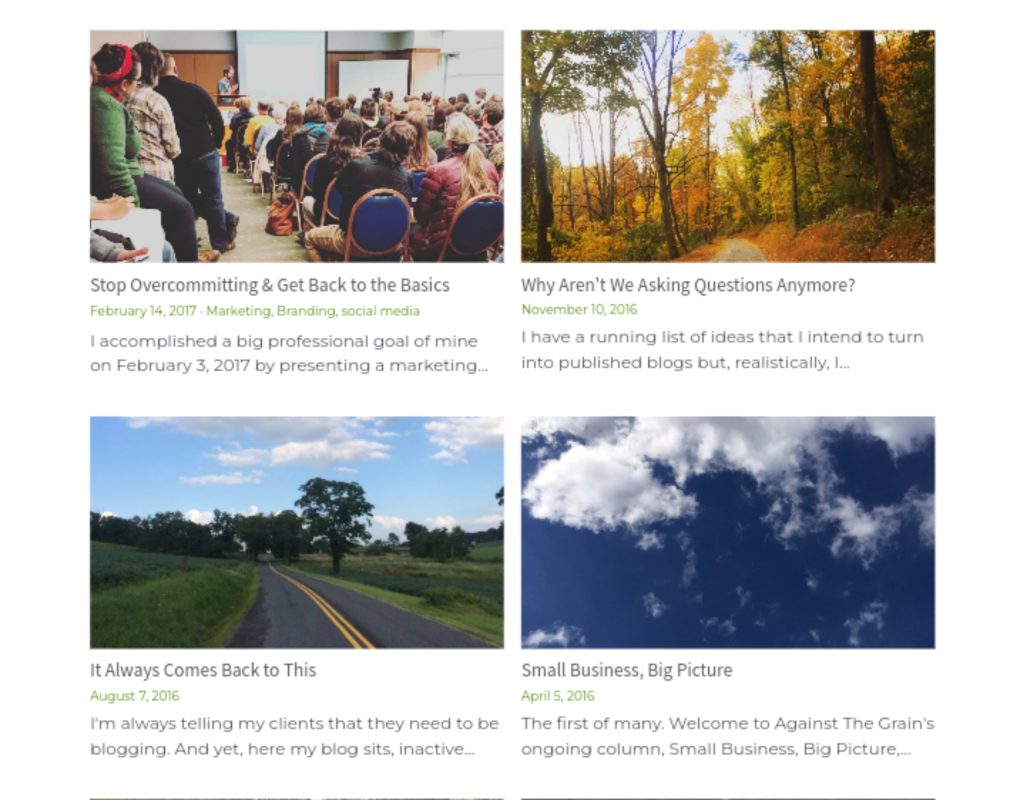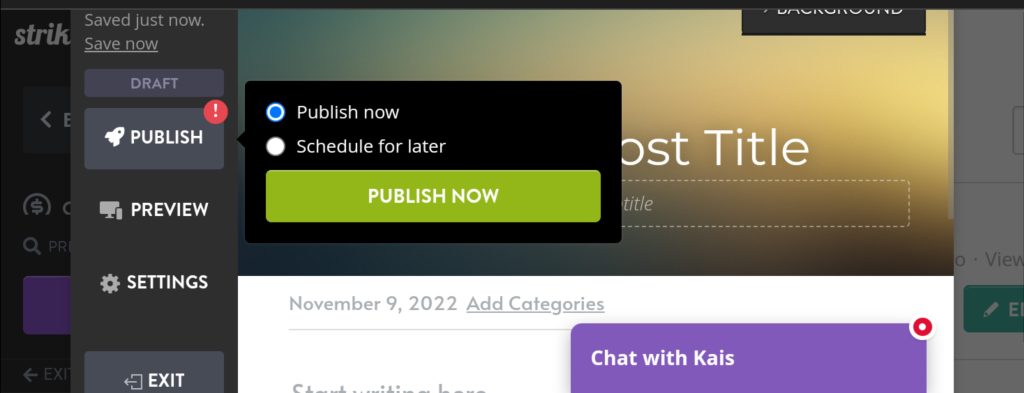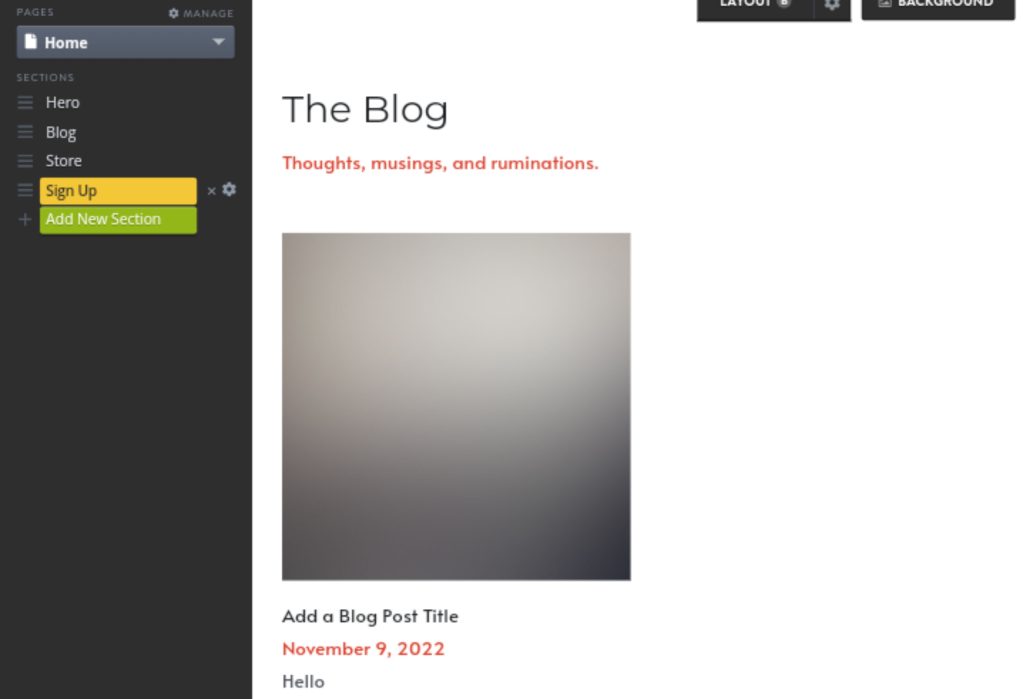Table of Contents
Introduction
In the fast-paced world of digital marketing, blogging has emerged as a powerful tool for businesses and individuals to share their insights, build communities, and drive traffic to their websites. However, despite its popularity, many bloggers fall into common traps that hinder their success. In this article, we’ll explore common blogging mistakes and how to fix them, ensuring your blog stands out and achieves its goals.

Understanding Common Blogging Mistakes
Blogging involves more than just writing; it requires strategy, consistency, and an understanding of your audience. Here are the most common blogging mistakes and practical solutions to address them.
1. Making Poor Topic Choices
One of the biggest mistakes bloggers make is choosing topics that don’t resonate with their target audience. To avoid this, always:
- Research Your Audience: Understand their interests, pain points, and what type of content they consume.
- Stay Relevant: Ensure your topics are relevant to your niche and offer value to your readers.
- Use Tools: Utilize tools like Google Trends and social media insights to find trending topics within your industry.

2. Inconsistent Publishing
Inconsistency in posting can significantly harm your blog’s growth. A regular publishing schedule is crucial for retaining readers and improving SEO. Here’s how to stay consistent:
- Create a Content Calendar: Plan your posts weeks or months in advance.
- Set Realistic Goals: Determine a feasible posting frequency that you can maintain.
- Utilize Scheduling Tools: Tools like Strikingly allow you to schedule posts, ensuring regular updates even during busy times.

3. Neglecting SEO Best Practices
SEO is vital for driving organic traffic. Without it, your content might go unnoticed. Key SEO practices include:
- Optimized Titles: Craft SEO-friendly titles that include relevant keywords.
- Keyword Research: Identify and incorporate keywords that your audience is searching for.
- Meta Descriptions: Write compelling meta descriptions that encourage clicks.
- Internal Linking: Link to other relevant posts on your blog to keep readers engaged and improve SEO.
4. Poor Formatting
Readers often skim through content, so poor formatting can lead to high bounce rates. Improve readability with:
- Clear Headings: Use descriptive headings (H2, H3) to break up text.
- Short Paragraphs: Keep paragraphs short and to the point.
- Bullet Points: Use bullet points for lists to enhance readability.
- White Space: Ensure ample white space to make the content less daunting.
5. Ignoring Internal and External Links
Links add value to your content and improve SEO. Here’s how to use them effectively:
- Internal Links: Link to other relevant posts on your blog to guide readers to more of your content.
- External Links: Link to reputable external sources to provide additional value and improve credibility.
6. Poor Background and Font Choices
The visual appeal of your blog matters. Poor design choices can make your content hard to read. Ensure:
- Contrasting Colors: Use a white or light background with dark text for better readability.
- Simple Fonts: Choose fonts that are easy to read and match your brand’s style.

7. Lack of Promotion
Even the best content needs promotion to reach its audience. Avoid passive approaches by:
- Social Media Sharing: Share your posts on various social media platforms.
- Email Marketing: Use email newsletters to inform subscribers about new posts.
- Collaborations: Partner with other bloggers or influencers to expand your reach.
8. Not Generating Leads
Your blog should be a tool for lead generation. Here’s how to capture more leads:
- Call-to-Actions (CTAs): Include compelling CTAs in your posts.
- Email Popups: Use tools like Strikingly to add email popups to your blog.
Fixing Common Blogging Mistakes: A Step-by-Step Guide
Step 1: Research and Planning
Before you start writing, thorough research and planning are essential. Understand your audience, identify trending topics, and create a content calendar. Use tools like Google Analytics to understand what works and what doesn’t.
Effective planning involves setting clear goals for each piece of content. What do you want to achieve? Increased traffic, higher engagement, or more leads? Tailor your content strategy to meet these goals. Consider using mind maps or brainstorming sessions to generate ideas and organize them coherently.
Step 2: Implementing SEO Best Practices
SEO is not a one-time task but an ongoing process in blogging. Continuously optimize your posts for search engines by incorporating keywords, using SEO-friendly URLs, and writing engaging meta descriptions. Tools like Yoast SEO can be invaluable in this process.
SEO optimization should start with thorough keyword research. Identify both primary and secondary keywords for each post for blogging. Use a mix of short-tail and long-tail keywords to capture a broader audience. Regularly update your SEO strategy based on performance metrics and changes in search engine algorithms for blogging.
Step 3: Formatting for Readability
A well-formatted post is easier to read and more engaging in blogging. Use headings to structure your content, keep paragraphs concise, and break up text with images and bullet points. This not only improves readability but also keeps readers on your page longer.
Incorporate multimedia elements like videos, infographics, and slideshows to make your content more dynamic. Interactive elements like clickable tabs, accordion sections, and embedded social media feeds can also enhance user experience. Remember, a visually appealing post can significantly reduce bounce rates and increase time on site experience for blogging.
Step 4: Enhancing Visual Appeal
The visual aspect of your site plays a significant role in user experience. Ensure your design is clean and professional in blogging posts . Use high-quality images with descriptive alt text, and choose fonts and colors that enhance readability.
Invest in professional design elements like custom graphics and branded images. Tools like Canva and Adobe Spark can help you create visually appealing content even if you’re not a design expert. Regularly update your site’s design to keep it fresh and aligned with current trends according to blogging trends.
Step 5: Promoting Your Blog
Effective promotion is key to driving traffic. Share your posts on social media, collaborate with influencers, and use email marketing to reach a wider audience. Don’t forget to engage with your readers through comments and social media interactions.
Develop a promotion strategy that includes a mix of organic and paid methods. Utilize social media ads, Google AdWords, and sponsored content to reach a larger audience. Regularly review the performance of your promotion efforts and adjust your strategy based on what works best.
Step 6: Generating Leads and Conversions
Transform your site into a lead generation tool. Use CTAs strategically, offer valuable resources in exchange for email addresses, and create landing pages for special offers. Tools like Strikingly can help you add lead generation elements to your site seamlessly.
Experiment with different types of lead magnets like eBooks, webinars, free trials, and exclusive content. A/B test your CTAs to determine which versions convert the best. Use analytics to track the performance of your lead generation efforts and continuously optimize your approach.
Step 7: Leveraging Analytics
Using analytics to monitor your site’s performance is crucial for long-term success. Set up Google Analytics and track key metrics to understand user behavior. Use this data to refine your content strategy and make data-driven decisions.
Analytics tools can provide insights into your audience’s demographics, preferences, and behavior. Use this information to tailor your content and marketing strategies. Regularly review your analytics reports and set actionable goals based on your findings.
Step 8: Engaging with Your Audience
Building a loyal audience requires consistent engagement. Respond to comments on your posts, interact with followers on social media, and create content that encourages reader interaction. Engaged readers are more likely to become repeat visitors and advocates for your site.
Host interactive events like live Q&A sessions, webinars, and virtual meetups to foster a sense of community. Use tools like SurveyMonkey to gather feedback and understand your audience’s needs. Implement their suggestions to show that you value their input and are committed to providing valuable content.
Step 9: Mobile Optimization
With more users accessing the internet via mobile devices, optimizing your site for mobile is essential. Ensure your design is responsive, optimize images for faster loading times, and make sure your text is easy to read on smaller screens.
Regularly test your site’s mobile performance using tools like Google’s Mobile-Friendly Test. Pay attention to page load speeds, navigation, and overall user experience on mobile devices. Implement best practices for mobile SEO, such as using AMP (Accelerated Mobile Pages) to improve load times.
Step 10: Keeping Content Updated
Regularly update your content to keep it relevant and accurate. Review your posts periodically, add new information, and repurpose older content into new formats. This not only improves your site’s credibility but also boosts SEO.
Create a content audit schedule to review and refresh older posts. Update outdated statistics, remove broken links, and add new insights to keep your content current. Repurpose high-performing content into different formats like videos, podcasts, and infographics to reach a broader audience.
Step 11: Crafting Compelling Headlines
A headline is the first thing readers see, and it can make or break their decision to click on your post. Crafting compelling headlines involves:
- Using Power Words: Words that evoke emotion or curiosity.
- Incorporating Numbers: Lists and numbers often attract more attention.
- Keeping It Concise: Aim for 6-12 words.
Spend extra time on your headlines to ensure they are engaging and relevant. Tools like CoSchedule’s Headline Analyzer can help you craft more effective headlines.
Step 12: Enhancing Readability with Subheadings
Subheadings break up your content into manageable sections, making it easier for readers to digest information. Here’s how to effectively use subheadings:
- Be Descriptive: Clearly indicate what each section is about.
- Use Keywords: Incorporate relevant keywords to improve SEO.
- Maintain Consistency: Use a consistent style and format throughout your post.
Subheadings not only improve readability but also help search engines understand the structure of your content.
Step 13: Utilizing Visual Content
Visual content such as images, videos, and infographics can significantly enhance your posts. Benefits include:
- Increased Engagement: Visuals can make your content more engaging.
- Better Explanation: Some concepts are better explained through visuals.
- Improved Sharing: Visual content is more likely to be shared on social media.
Ensure your visuals are high-quality and relevant. Use tools like Canva to create custom graphics that align with your brand.
Step 14: Implementing Social Sharing Buttons
Make it easy for readers to share your content by adding social sharing buttons. Benefits include:
- Increased Reach: Social sharing can extend your content’s reach.
- Enhanced Visibility: More shares can lead to more traffic and visibility.
- Better Engagement: Readers are more likely to engage with easily shareable content.
Place social sharing buttons prominently on your posts and encourage readers to share your content.
Step 15: Regularly Updating Your Content Calendar
A content calendar is a roadmap for your content strategy. Regularly updating it ensures you stay on track. Here’s how to maintain an effective content calendar:
- Plan Ahead: Schedule posts weeks or months in advance.
- Be Flexible: Adjust your calendar as needed based on performance and trends.
- Track Progress: Monitor the status of each post to ensure timely publication.
Using a content calendar helps you stay organized and maintain a consistent posting schedule.
Step 16: Guest Posting and Collaborations
Collaborating with other bloggers and accepting guest posts can expand your audience and add fresh perspectives to your site. Benefits include:
- Increased Traffic: Guest posts can bring new visitors to your site.
- Diverse Content: Collaborations can introduce new topics and ideas.
- Enhanced Credibility: Partnering with reputable bloggers can boost your site’s credibility.
Reach out to bloggers in your niche and propose guest post exchanges or collaborative projects.
Step 17: Engaging with Influencers
Influencer marketing can significantly amplify your content’s reach. Here’s how to effectively engage with influencers:
- Identify Relevant Influencers: Choose influencers whose audience aligns with your target demographic.
- Build Relationships: Engage with influencers through social media and comments before proposing collaborations.
- Offer Value: Provide influencers with valuable content or incentives to share your posts.
Influencer partnerships can lead to increased visibility and credibility for your site.
Step 18: Optimizing Load Times
Fast load times are crucial for user experience and SEO. Slow websites can lead to high bounce rates. Optimize your site’s performance by:
- Compressing Images: Use tools like TinyPNG to reduce image sizes.
- Minimizing Plugins: Limit the number of plugins to improve speed.
- Using a Content Delivery Network (CDN): Distribute your content across multiple servers to reduce load times.
Regularly test your site’s speed with tools like Google PageSpeed Insights and implement recommended improvements.
Step 19: Encouraging User-Generated Content
User-generated content (UGC) can provide authentic and diverse perspectives. Encourage your audience to contribute by:
- Hosting Contests: Run contests that encourage readers to submit content in blogging.
- Creating Hashtags: Use branded hashtags to collect user-generated content on social media.
- Featuring Readers: Highlight reader submissions on your site or social media channels.
UGC can increase engagement, build community, and provide valuable content for your site.
Step 20: Focusing on Long-Form Content
Long-form content tends to perform better in search engine rankings and offers more value to readers in blogging. Here’s how to create effective long-form content:
- In-Depth Research: Provide comprehensive coverage of your topics in blogging.
- Detailed Analysis: Include detailed analysis, case studies, and examples in blogging.
- Structured Format: Use subheadings, bullet points, and visuals to break up long text blogging.
Long-form content can establish you as an authority in your niche and keep readers on your site longer.
Step 21: Leveraging Email Marketing
Email marketing is a powerful tool for building relationships with your audience and it will boost your blogging post also. Here’s how to leverage email effectively:
- Build a List: Offer incentives like eBooks or exclusive content to grow your email list.
- Segment Your Audience: Tailor your emails to different segments of your audience based on their interests.
- Provide Value: Ensure your emails offer valuable content, not just promotions.
Regularly engage with your email subscribers to keep them informed and interested in your content.
Step 22: Hosting Webinars and Live Streams
Webinars and live streams are excellent for real-time engagement with your audience. Benefits include:
- Interactive Content: Allow for direct interaction with your audience.
- Increased Engagement: Live content often has higher engagement rates.
- Educational Value: Provide in-depth knowledge and insights on specific topics.
Promote your webinars and live streams in advance to maximize attendance and engagement.
Conclusion: Mastering Blogging for Success
Avoiding common blogging mistakes and implementing best practices can significantly improve your blog’s performance. Whether you’re just starting or looking to refine your strategy, these tips will help you create a successful and engaging blog.
For more tips on successful blogging and to avoid common pitfalls, check out these resources:
Remember, successful content creation requires continuous learning and adaptation. Stay updated with the latest trends, engage with your audience, and most importantly, enjoy the process. Happy content creation!
More Content
If you are interested in the making check out these blogs:

